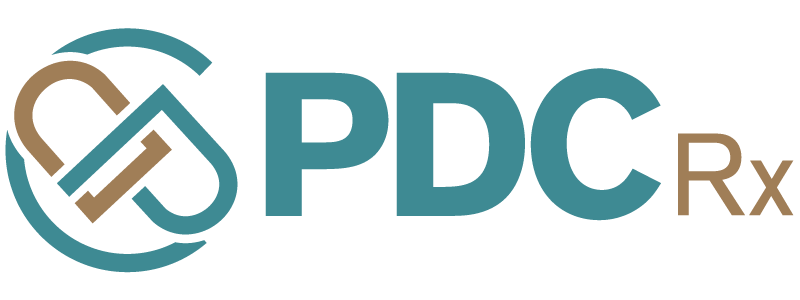PDC RX AND THE LOCAL PHARMACY
Keeping it local has become a trend as of late. Some people do it to invest in their community while others may do it as a matter of convenience. Doing business with local pharmacies has always been a mainstay for hospice and especially with independent pharmacies. Hospice’s benefit using the team approach when caring for the dying patient. Using the triad: physician, pharmacist, nurse approach lends to better end of life care.
Independent pharmacies are typically owned and operated by the pharmacist or a private business. One of the biggest benefits that a hospice receives is personal care for the dying patient. The pharmacist is typically part of the hospice team and this creates personal relationships and conversations with the nurses who needed medications filled yesterday! Let’s face it, hospice nurses are always on the go and they need information and/or prescriptions filled STAT. They don’t have time to wait days for a much-needed medication to be filled when they have to care for other dying patients as well. These independent pharmacists are able to provide extra time and help when looking for alternative medications that may be more cost-effective and can deliver to the critical needs of the hospice patient.
There are some additional benefits to going local:
Decreased Wait Times
Access to Extra Services
Delivery Services
Patient-centered Focus
Custom Orders such as compounding and special order items that may be difficult to find
While all pharmacists are dedicated to providing the highest quality of care for their patients, an independent pharmacy may have the time and resources to give their customers more. When a question arises, the pharmacist generally knows the history of medicines of the patient, as well as what is currently being taken. Whether it is making a compound, delivering to a patient’s home, or just becoming more familiar with a patient’s current medication needs, an independent pharmacy can offer some great advantages.
Unfortunately, there is also a forward-moving trend to use mail order pharmacy to service the hospice patient. The advertised benefit of potential cost savings isn’t always an advantage to the hospice. First, there is a lack of personal contact with a mail-order pharmacy. This personal contact is fundamental for selecting the appropriate medication for the patient. If there isn’t team involvement, a hospice patient has the potential for duplicate therapies, using medications to treat side effects of other medications, and the potential for severe drug interactions if using mail order as well as a local pharmacy. There is also scope for fraud and inconvenience due to delay. Mail order houses are confronted with the problems of numerous correspondence, customer complaints, damage in transit, excessive operating costs, credit policies, etc. After-sale service is NOT extended to customers.
As a clinical pharmacist and having previously owned and operated an independent pharmacy, I am a huge proponent of developing relationships with customers and patients. When a hospice chooses to stay local, many times their local pharmacist can be a valuable team member by attending IDG meetings, creating formularies, as well as helping problem solve the most complicated cases. These relationships save time and money for the hospice. So, though it may seem like the hospice may be saving more money by using a mail-order pharmacy, they can actually save money by utilizing their independent pharmacy/pharmacist and the knowledge and skillset those pharmacists provide.
DiGi Graham, DPh.
Clinical Director of Operations & Pharmacy Development, PDCRx

